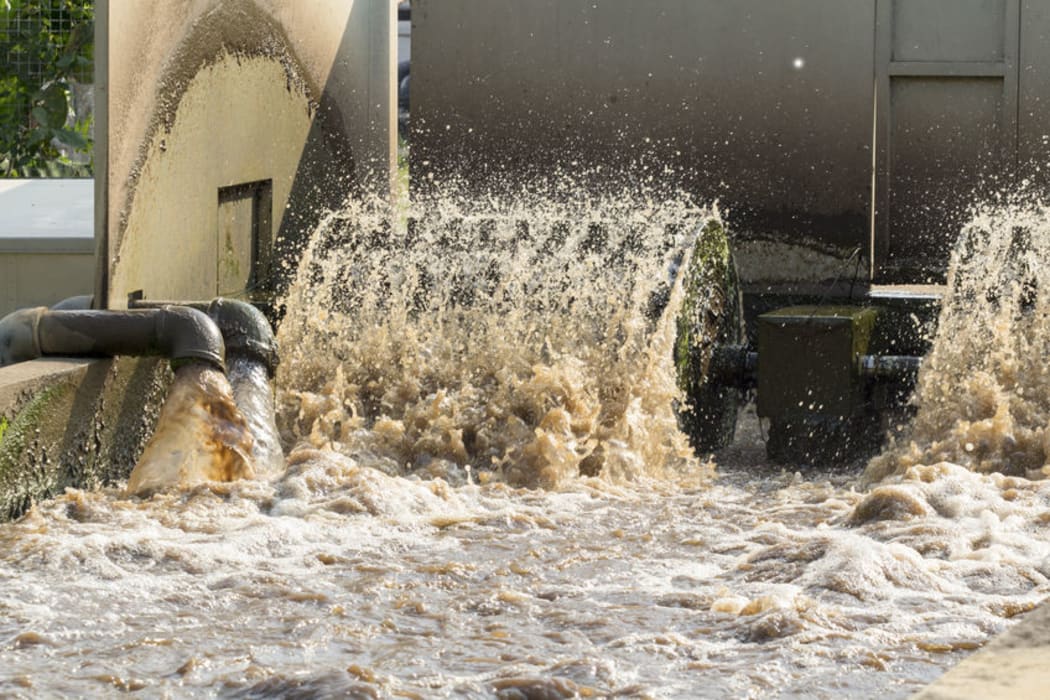Cleaning up wastewater is a power-hungry business.
Adding up the cost of running all the pumps, waste driers and other electronics the average wastewater treatment plant burns through 1.5 kilowatt-hours for every kilogram of pollutants removed.

Photo: 123RF
But a new technology is emerging that is turning a cost into an asset. It uses electrically active bacteria to eat waste and produce electricity as a by-product.
Under ideal conditions they are not only are able to run the plant, they can even feed extra electricity back into the grid.
Matt Silver chief executive of US company Cambrian Innovation, says the potential for the technology is enormous.
“It uses a bio-electro chemical system, a system that uses electrically active microbes to quickly oxidise and treat waste; and it can then convert it into high quality methane gas in a process similar to what’s known as anaerobic digestion.”
Mr Silver says the process generates close to pipeline quality gas
“We can be net energy positive on both wastewater treatment and we can even get to re-use quality water while remaining energy positive.”
So how much power can a system such as this generate?
A brewery in California, one of the five largest craft brewers in the United States, is using one of Cambrian Innovation’s systems.
Breweries typically produce a lot of wastewater, which is costly for them to deal with.
Mr Silver explained that breweries produce, what he called high-strength wastewater, water that contains a high level of organics.
“They were paying a lot of money to get rid of it, we developed a solution for them, we put in place our reactors, they’re modular, reactors that can be shipped over the road and put in place.
“Three of those systems generate 120kw equivalent plus clean heat as a by-product of that process.”
He said that was equivalent to roughly 15 percent of the brewery’s total energy demand – or enough electricity to power approximately 120 homes.
Municipal wastewater treatment is another area of huge potential, he says.
“Water tables are dropping across the world, by some estimates by 2025 the majority of developed countries are going to be losing water. That means we need better solutions for the treatment and reuse of municipal water.”
In the US wastewater treatment accounts for 3 percent of total energy consumption.
“Using current technology to treat that is actually extremely energy intensive.
“When in fact this wastewater can be thought of as a resource as a form of energy or form of clean water.”

